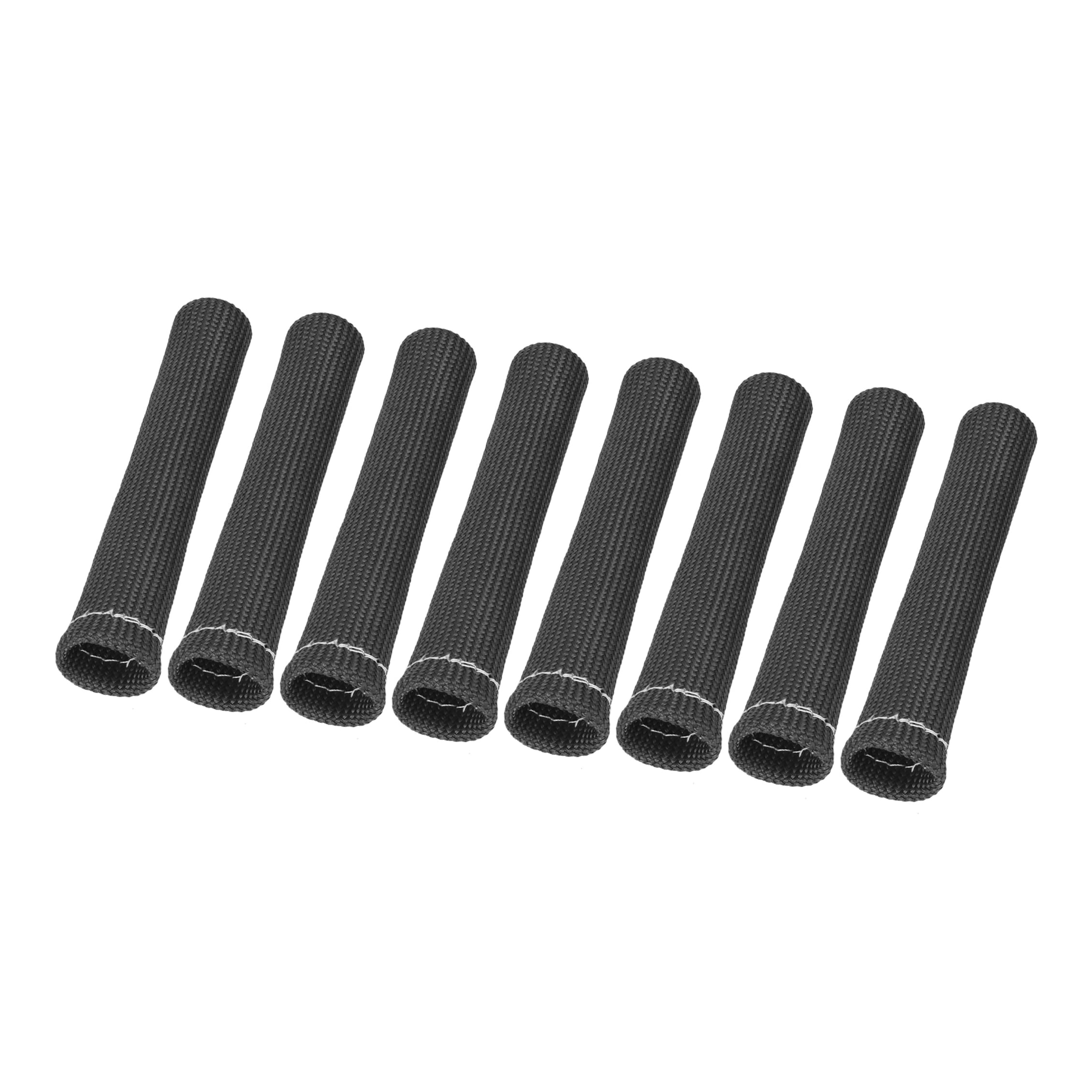

- #HOW TO INSTALL SPARK PLUG WIRE HEAT SHIELDS MANUAL#
- #HOW TO INSTALL SPARK PLUG WIRE HEAT SHIELDS CODE#
For the newcomer to automotive repair work, plug replacement may be a daunting task and here’s why.įor most of today’s engine layouts, two problems may loom: Related: 9 Different Spark Plug Conditions (and What They Look Like) How Hard is It to Replace Spark Plugs?įor the experienced DIY mechanic, any car’s plugs can be replaced. If you are unsure of this, your dealer or parts store guy or gal can tell you how many you will need. Some engines will have one plug per cylinder, but there are cars on the road today running two spark plugs per cylinder. In general, any spark plug replacement job will require all the plugs be replaced.
#HOW TO INSTALL SPARK PLUG WIRE HEAT SHIELDS CODE#
Rough running, misfiring, difficulty starting and/or an OBD II diagnostic code may direct you to the need for new spark plugs. The second reason is that your car is acting up, and after some diagnostic homework, the spark plugs appear to be the culprits.
#HOW TO INSTALL SPARK PLUG WIRE HEAT SHIELDS MANUAL#
You should be able to find this information in your owner’s manual.Īs mentioned above, 100,000 miles is common spark plug life today, but it may be less for your car, so the owner’s manual should be your guide. The primary reason for replacement is this: Your car has reached the spark plug replacement interval recommended by the manufacturer.

#12 – Re-Connect Battery and Start the Vehicle.

In addition, another benefit of a tubular wrap type heat shield is its serviceability, being able to be removed and then reinstalled once a component has been serviced. The obvious benefit of a wrap-type heat shield is its ability to be installed after a component has been previously assembled. Closure mechanisms include several types of Hook & Loop, snaps, zippers, straps with d-rings, hook and wire, tape and finally, heat- set. This type of design includes various closure mechanisms to achieve the tubular shape of the heat shield. The second type of tubular heat shields, are of a wrap design. When this situation exists, the tubular heat shield has to be oversized correctly to make allowance for the end fitting or the electrical connector Tubular heat shields are normally included in the design phase of a component thus avoiding the possibility of having to install a tubular heat shield over an end fitting or an electrical connector. Assembly aids, include the utilization of a device called a “bullet” which is a cone shaped assembly aid tool simplifying the assembly process. Tubular heat shields come in two different forms, a solid form, which when installed is slid along the length of the component to apply. In the racing industry, there is a focused effort to maintain a constant fuel temperature thus avoiding vapor lock and any incident of horse power loss due to hot fuel. An example of this would be a fuel line, which has been exposed to too much heat throughout the length or surface of the fuel system, surpassing recommended operating temperature for fuel, thus creating vapor lock. Tubular heat shields are also utilized as an excellent means of insulating components from significant temperature drop, loss and/or temperature increase. Tubular heat shields are utilized for a variety of applications which include, but not limited to, excellent protection from radiant heat sources, significantly reducing component surface temperatures. In addition, to the tubular type heat shield application category, wiring harnesses, battery cables, air hose and spark plug boots would also be inclusive. tubing and the associated wire harness set. Applications include brake lines, fuel lines, coolant lines, A.I.R. The body of the article will focus on tubular designed heat shields.īy definition tubing, hose and cable applications are very generic terms utilized in the Automotive and Truck Industries to cover a broad spectrum of definitive applications for tubular heat shields. In this month’s blog from Thermal Control Products, we will be discussing Heat shields for tubing, hose and cable applications.


 0 kommentar(er)
0 kommentar(er)
